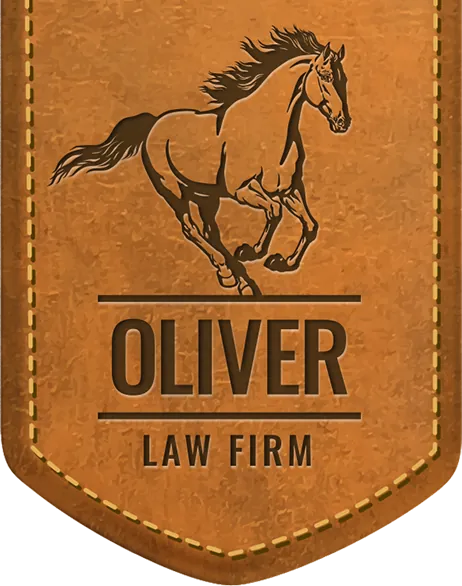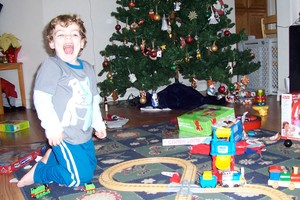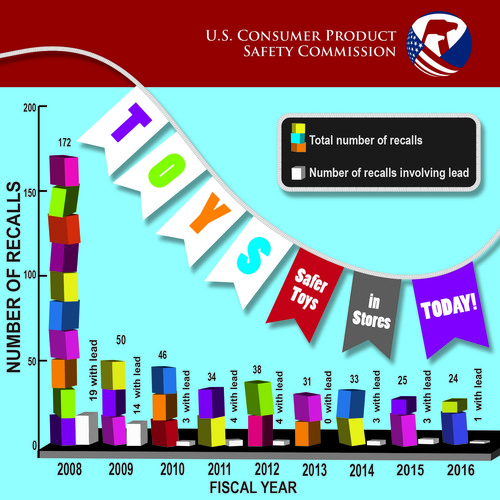When purchasing toys and gifts for children, safety should be a top priority.
Learn more about toy safety in the following news release by the U.S. Consumer Product Safety Commission, November 17, 2016.
Safer Together: CPSC and CBP Collaborate to Keep Unsafe Toys Off Store Shelves
WASHINGTON, D.C., November 17, 2016– The U.S. Consumer Product Safety Commission (CPSC) and U.S. Customs and Border Protection (CBP) are joining forces this holiday season to keep kids safe and stop dangerous and violative toys from reaching kids’ hands. CPSC’s and CBP’s cooperative work to detect and detain shipments of toys and children’s products at the ports from coast to coast helps to create a safer marketplace for holiday shoppers. In addition to inspections at U.S. ports, CPSC also enforces strong safety standards and trains manufacturers at home and overseas about safety requirements.
During the past four years, CPSC and CBP stopped more than 8 million units of about 4,500 different types of toys and children’s products due to safety hazards or the failure to meet federal safety standards. Stopped shipments have included lead, small parts, sharp points and labeling requirement violations. The good news for shoppers is that toy recalls have continued to decline from 172 in fiscal year 2008 (with 19 involving high levels of lead), to 24 in fiscal year 2016 (with only one involving a lead violation). Toys were recalled for defects that could cause choking, mechanical hazards and fire hazards posing a threat of injury to a child.
A new report, released today (Nov. 17, 2016) by CPSC, indicates that there were an estimated 185,500 toy-related, emergency department-treated injuries and 11 deaths in 2015 to children younger than 15 years old. Riding toys, specifically non-motorized scooters, were the toy category associated with the most injuries and 45 percent of toy-related deaths in 2015. Most of the toy-related injuries involved cuts and bruises, with the head and face being the most commonly affected areas.
“Children are our most vulnerable consumers, and as a parent of two boys, I understand what parents and caregivers are concerned about when they go shopping during the holidays,” said CPSC Chairman Elliot F. Kaye. “CPSC’s commitment to working alongside CBP to stop shipments of dangerous toys before they reach kids can go a long way to help your holiday gifts be a source of joy, rather than tragedy.”
“Protecting consumers from unsafe imported products is always a priority for CBP and our collaboration with CPSC and other Federal agencies is one of the biggest assets to CBP’s efforts”, said Brenda Smith, Executive Assistant Commissioner, U.S. Customs & Border Protection Office of Trade. “Federal agencies working hand-in-hand, as occurs at the Commercial Targeting & Analysis Center, is a more effective way to wisely utilize Federal resources to protect consumers.”
The U.S. Consumer Product Safety Commission offers these safety tips for consumers to keep in mind this holiday season:
Magnets – Children’s magnetic toys are covered by a strong safety standard that aims to prevent magnets from being swallowed. High-powered magnet sets that do not meet CPSC’s lifesaving standard are not permitted.
• Balloons – Children can choke or suffocate on deflated or broken balloons. Keep deflated balloons away from children younger than 8 years old. Discard torn balloons immediately.
• Small balls and other toys with small parts – For children younger than age 3, avoid toys with small parts, which can cause choking.
• Scooters and other riding toys – Riding toys, skateboards and in-line skates go fast, and falls could be deadly. Helmets and safety gear should be worn properly at all times, and they should be sized to fit.
Once gifts are open:
• Keep toys appropriate for older children away from younger siblings.
• Battery charging should be supervised by adults. Chargers and adapters can pose thermal burn hazards to young children. Pay attention to instructions and warnings on battery chargers. Some chargers lack any mechanism to prevent overcharging.
——————————————————————————————–
Source: U.S. Consumer Product Safety Commission-Newsroom- News Releases: https://www.cpsc.gov/Newsroom/News-Releases/2017/Safer-Together-CPSC-and-CBP-Collaborate-to-Keep-Unsafe-Toys-Off-Store-Shelves Release number. 17-034
——————————————————————————————–
At Oliver Law Firm, we want you to be aware that accidents involving the use of a product which result in injury or death are included in an area of law called “products liability.”
Defective products cases require extensive resources and experience. Expert witnesses can cost tens of thousands of dollars. We not only have the resources to pursue these cases, but we have the connections to the top experts and the experience to take on even the largest corporations nationwide.
When we accept your case, we will work exceptionally hard and commit our every resource to achieving the best result for you and your family, including proceeding to trial if that becomes necessary, all the while caring for you and your family. If you or any one close to you has suffered injuries due to a defective product, please contact Oliver Law Firm to discuss your rights.
Contact us through this website or call us at (479) 202-5200.
Oliver Law Firm: We’ll Take the Reins.
Accidents will always happen, but when they are the result of another person’s careless behavior you should not have to suffer the consequences on your own. Learn more about Personal Injury on this blog:
https://www.oliverlawfirm.com/news/2016/nov/22/what-you-need-know-about-personal-injury-lawsuits/
a Free Consultation


 When purchasing toys and gifts for children, safety should be a top priority.
When purchasing toys and gifts for children, safety should be a top priority.

